Welcome to the latest edition of the Rewilder Weekly! 🦬🌳🐺🌞🌍 Before we get going - do you know what tequila and the greater long-nosed bat have in common? If you’d like to find out, check out this new article by my friends at the Global Rewilding Alliance. Now then, let’s get on with this week's eight selected stories.
Wishing you a good week.
Cheers,
👉 As a reminder: If you come across stories you’d like to see featured in an upcoming edition of the Rewilder Weekly, send them to me and I’ll gladly do what I can.
1) Let’s help Tir Natur go from strength to strength
I first came across Tir Natur’s Crowdfunder campaign in early December, when the aim was to reach £20’000. They blew past that in no time, then did the same with the 40K stretch goal, and then again with the second stretch to 60K … by the deadline on the 6th of January, £70’000 had come together from over 600 donations. And Matchfunding has brought the total to £90’000!
Tir Natur (‘Nature’s Land’) has the possibility to secure over 1000 acres of marginal upland farm in Wales to showcase rewilding and the importance of large grazing animals in restoring depleted ecosystems. Stephen Jenkins (Co-CEO of Tir Natur) writes, “You have provided us with a strong start to our fundraising and it's now crucial that we keep up the momentum. We are now making a direct call to those who want to bring wild nature back to Wales, to give what you can. We are also looking for further Community Founding Members who'd like to play a pivotal role in bringing this project to life, and deepening their involvement with exclusive updates and a private land visit.” If you can and haven’t already, join me in chipping in!
👉 and here to engage on LinkedIn
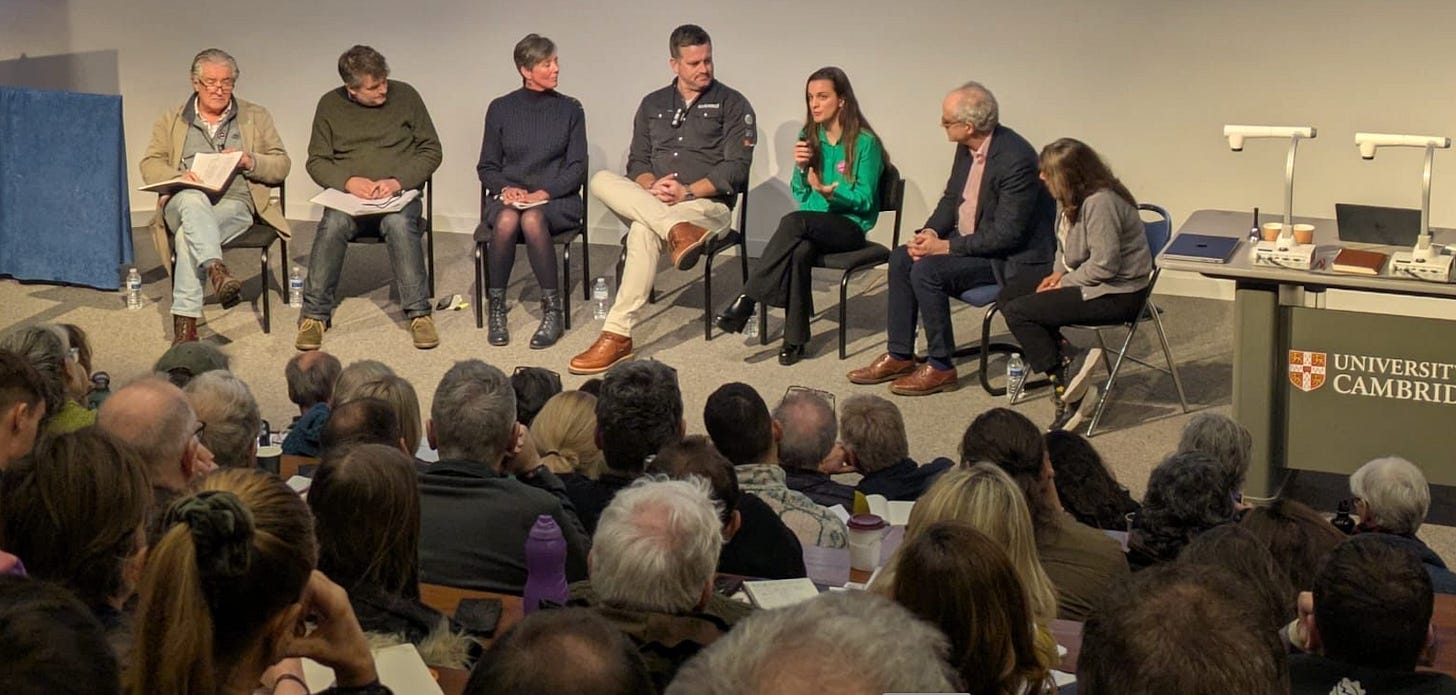
2) Nature cannot afford our self-doubt
Here’s another post looking back at the Citizen Zoo rewilding conference, which took place from 17-18 January in Cambridge. Giulia Testa is Upscaling Manager at Rewilding Europe and clearly a fervent activist for biodiversity. I wanted to share her post because she makes a forceful case for action.
From her post: “We, nature, wildlife, the lynx waiting in the reproduction center to be released, cannot afford your self-doubt. The people destroying the environment are not splitting hairs or second-guessing their skills. They are just doing it, and so should we. We have never lived in an era where we have these many tools and this much urgency to restore nature. Even all the predator fearmongering has provided the biggest mass education work about predators in human history. Just go out and do it.”
👉 Go here for Giulia’s post on LinkedIn
👉 and here for Giulia’s blog about Europe’s young rewilders
3) It’s Tauros-time!
Once upon a prehistoric time, there was the aurochs, a majestic bovine that is thought to be the ancestor of today’s cattle. The aurochs was considerably bigger than the cattle we know today, standing tall and with horns that commanded respect. While the aurochs went extinct, its genes lived on on various breeds. With the rise of the rewilding movement, the various mechanisms for nature recovery came to the fore - one of them? Large herbivores.
In 1996 cross-breeding and back-breeding began. Taking various cattle breeds with aurochs traits and back-breed them to a new/old cattle that would resemble the aurochs. The result was called the Tauros. In her article, Sara King, Rewilding Manager at Rewilding Britain, writes about the efforts to bring the tauros back, specifically to Scotland. Here she explains why: “Tauros are larger and heavier than hardy breeds like Highland cattle and can reach up to 180cm in height. This size difference means tauros have a different impact on vegetation. They also look different. If we want people to see herbivores on rewilding projects recognised for their role in natural processes, we need to dial up the wild.”
👉 and here to engage on LinkedIn
4) E.O. Wilson’s Half-Earth vision
In 2016, E.O. Wilson wrote the book Half-Earth. He argues that, if we safeguard half of Earth's land and sea, i.e. make 50% of the world nature reserve territory, then we would stave off the disastrous 6th mass extinction. Not only would such a global shift restore biodiversity, it would also generate all of everything our species needs to thrive into the future. If we had 50% of all land, and 50% of all seas, protected - there'd be massive spillover effects. What happens on one side, fruitfully benefits the other. It would be a win every which way you look at it.
Sounds like wishful thinking? Currently, less than 20% of Earth's lands are protected, and less than 8% of marine and coastal ecosystems. While that's far from 50%, it's not nothing. The 30x30 initiative was adopted. The Biodiversity Plan was agreed upon by 190 countries in late 2022. Then there's the High Seas Treaty, signed in 2023 (not yet ratified), also makes protecting of 30% of the high seas possible.
👉 Learn about E.O. Wilson’s Half-Earth vision here
👉 and here to engage on LinkedIn
5) Argentina’s growing jaguar numbers
On their site, Rewilding Argentina, state that the jaguar is the largest feline in the Americas. It once lived all over central and northern Argentina, in jungles, forests, grasslands, and marshes to the Negro River line in Patagonia. Over the course of the past centuries, their distribution was dramatically reduced to just a few places. In Corrientes jaguars were still spotted until the middle of the last century, and in Iberá there are still people who remember sharing territory with jaguars.
In 2012 the Jaguar Reintroduction Center began operating with the goal to produce jaguars to be released into the wild. Nine years later the first mother and two cubs were released, becoming the first free/wild jaguars in the Corrientes after a long, long absence. The longterm effort is paying of as, today, at least 35 jaguars are roaming freely once more. reports on the growing success of bringing the jaguar back in healthy numbers. By the way: The awe-inspiring picture above is not of Takajay, the protagonist of below-linked story, but of the male Chiqui, whose mating helped grow the jaguar numbers.
👉 and here to engage on LinkedIn
6) Recording: Biodiversity Credit Options for Rewilding
Last week the Global Rewilding Alliance hosted a co-learning webinar with a focus on biodiversity credit options for rewilding. The speakers - Samruddhi Kothari (NatureFinance), Tim Coles (Replanet), Cain Blythe (Credit Nature), Stuart Slabbert (ConserveGlobal), Jeanette Greyvensteyn (African Parks), and Mauricio Serna (Terrasos) - covered everything from the big picture to specific solutions that are being applied in a variety of geographies and scales.
👉 Go here for the recording on YouTube
👉 and here to learn more about the Global Rewilding Alliance
7) The art of monitoring and safeguarding raptors
Since you’re reading this newsletter, the topic of nature recovery and the many rewilding efforts are likely known to you. But rarely will you come across immersive storytelling such as this one highlighted here. Wildland owns about 30’000 hectares as part of the Cairngorms Connect landscape - part of the Cairngorms National Park in Scotland - and focuses on many ways of nature restoration - one of them is to monitor and safeguard birds of prey - golden eagles, goshawks and hen harriers.
Why am I gushing about this? Well, just follow below link and you’ll see! It is a storymap that tells of successes and challenges in a variety of ways, with stunning photography and interactive maps. There’s much work to be done. As Ronan Dugan of Wildland says in the article, "Years ago, I recall watching a roost site on the great prairies of Montana, we estimated seeing 175 birds all gathering together at dusk to roost. A great spectacle! Perhaps one day Scotland can play host to such a natural wonder." Imagine that, yes, imagine that for Scotland!
👉 and here to engage on LinkedIn
8) Depaving roads to boost nature recovery
There are some SIXTY-FIVE MILLION kilometers' worth of roads crisscrossing our planet, fragmenting nature. The simple truth is that we do not need all of those roads. Those millions of roads don't just fragment nature, they also noise-, light- and microparticle-pollute nature. Read Paul Donald's "Traffication" - well worth it and truly eye-opening to the often not even realized disaster that roads represent for nature.
In this article I look into the world of roads and propose a crazy notion: that of analyzing usage of roads and, if removal is not possible/likely (I share an example of just how entrenched minds are when it comes to that), then asphalted roads that are deemed underused should be depaved and become gravel roads. From the article: “Nature should be weighed more heavily than it has been ever since the agricultural revolution decided that we were the pinnacle of creation and that every other part of nature was, essentially, product for us to use as we saw fit. We know better today. We know that a better balance is of paramount importance if we want nature’s ecosystems to recover, and to be there for future generations.”
👉 and here to engage on LinkedIn
We end the newsletter as always with an artwork by Chilean science illustrator and painter Mauricio Alvarez (mauricio_alvarez_art on Instagram): Here Mauricio has focused on the rufous-chested dotterel (charadrius modestus).
If you enjoy the Rewilder Weekly …
… please consider supporting my work. Your paid subscription will help generate the funds needed to realize a unique rewilding book I’m working on. And, of course, that paid subscription also ensures that the Rewilder Weekly will always keep going for those who cannot afford to pay. A thousand thanks!
That’s it for this week’s edition! For more rewilding insights and stories from around the globe, use the #rewilding hashtag and follow people, organizations and groups that are as passionate about rewilding as you are. Let’s keep connecting and growing the movement!








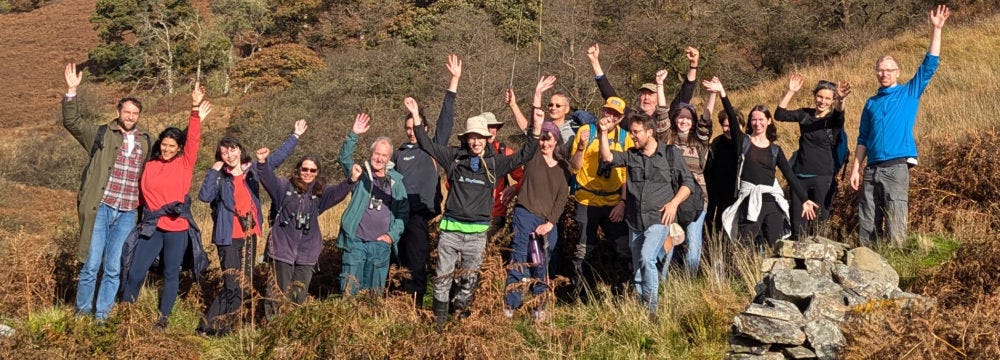


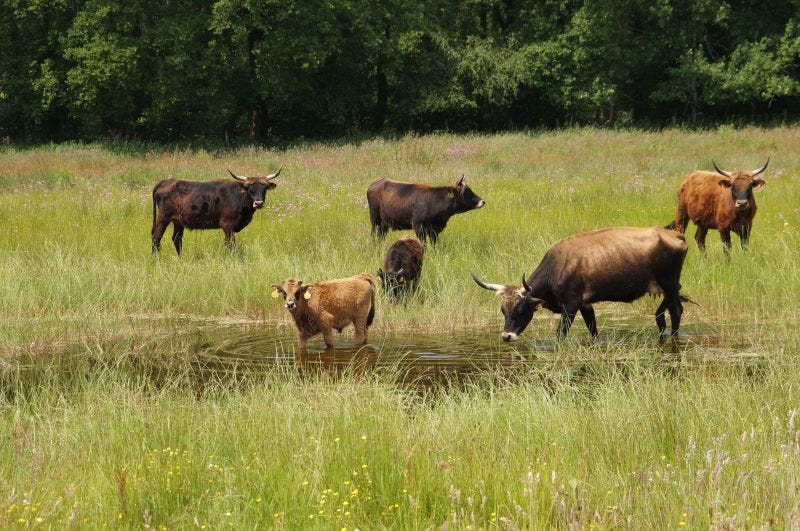

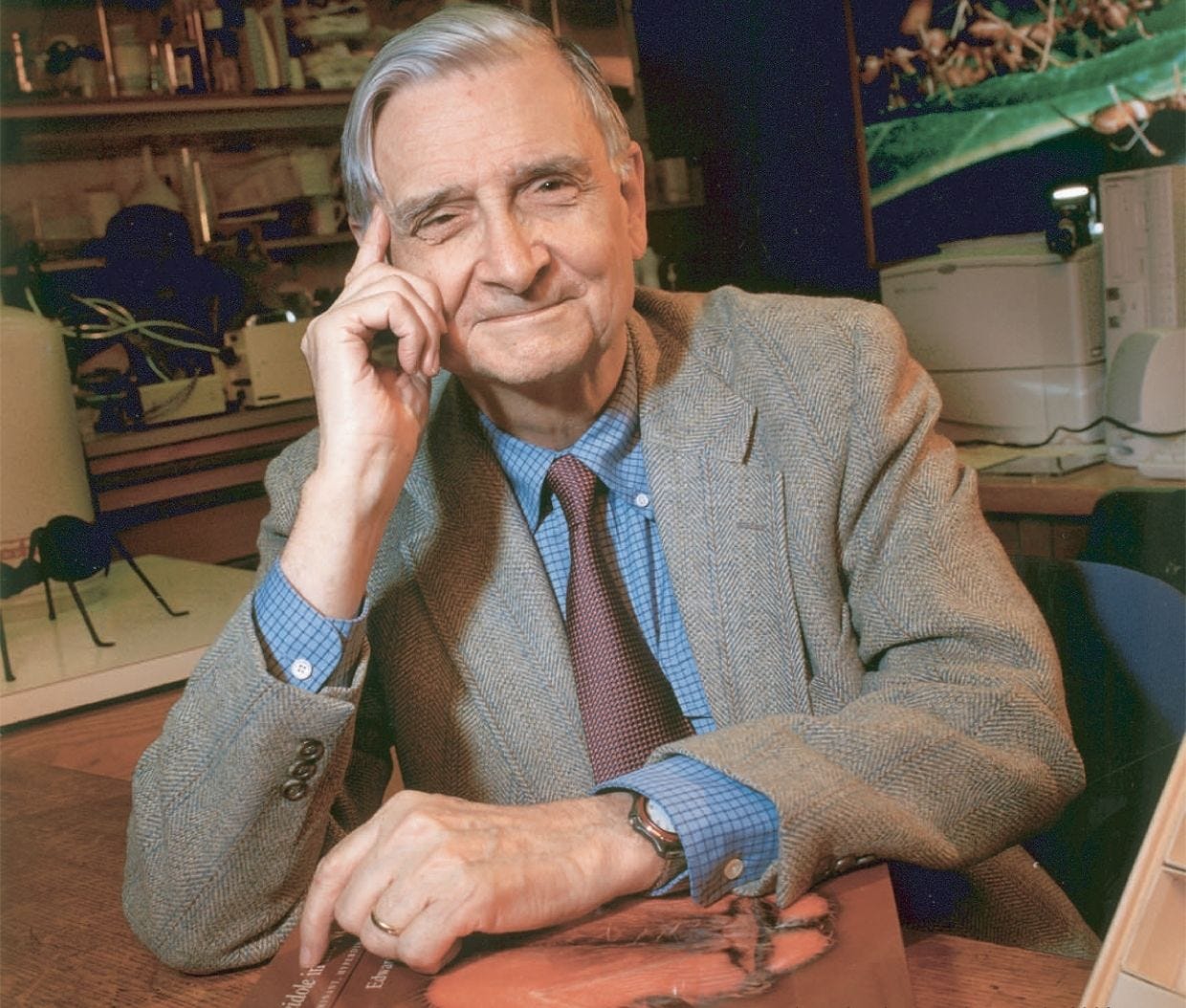

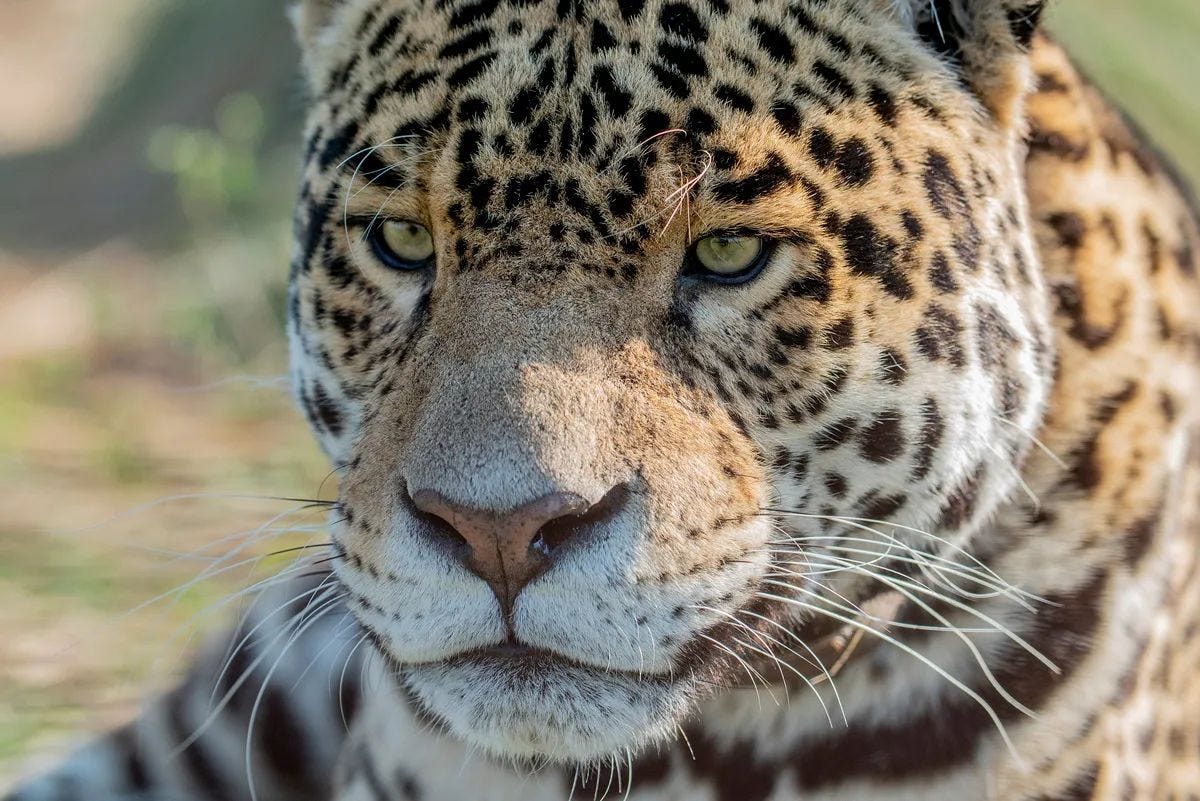



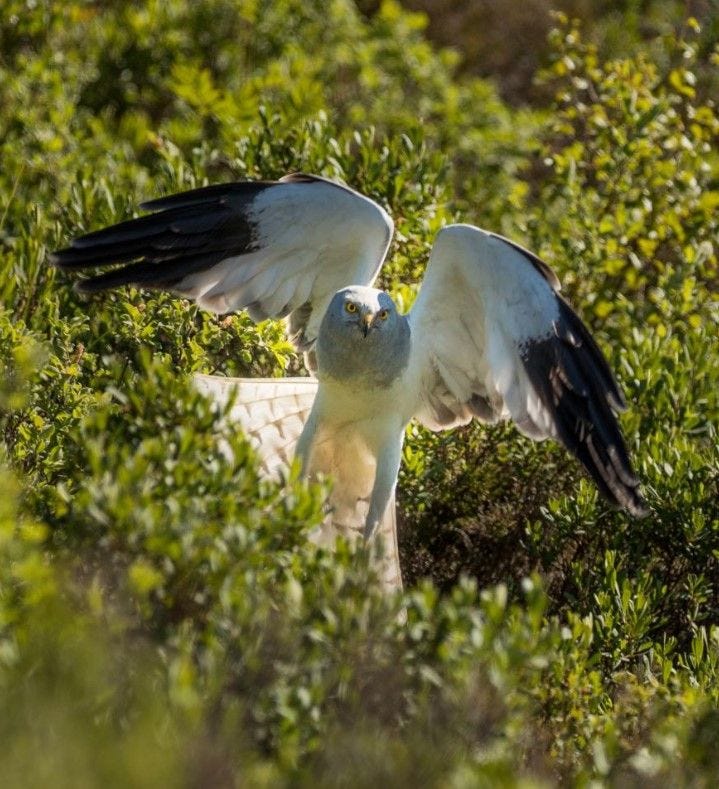

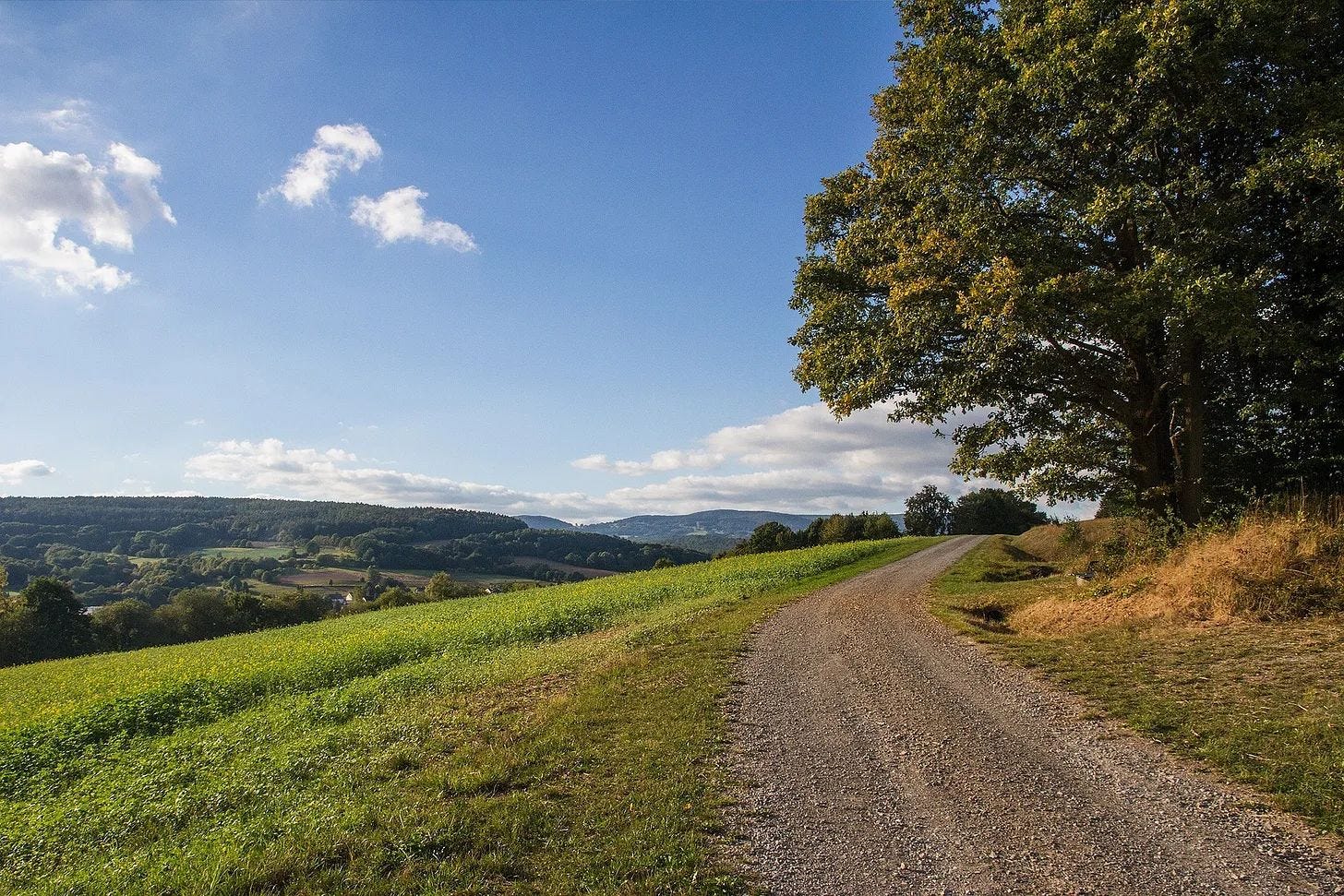

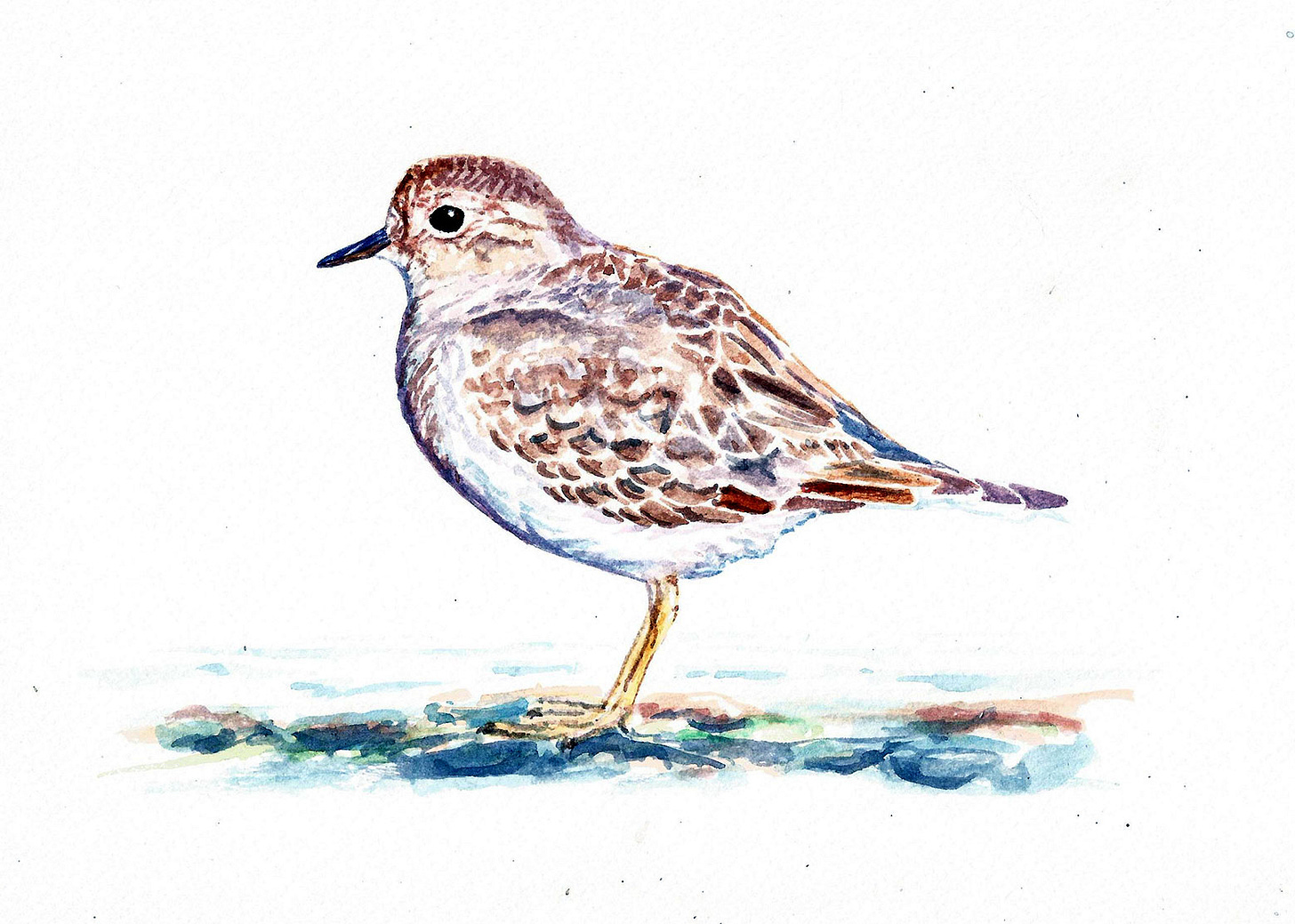

Another wonderful update thank you for sharing Daniel. 🙏🌏
First time coming across your newsletter, fantastic updates on what's going on in different parts! Thank you.